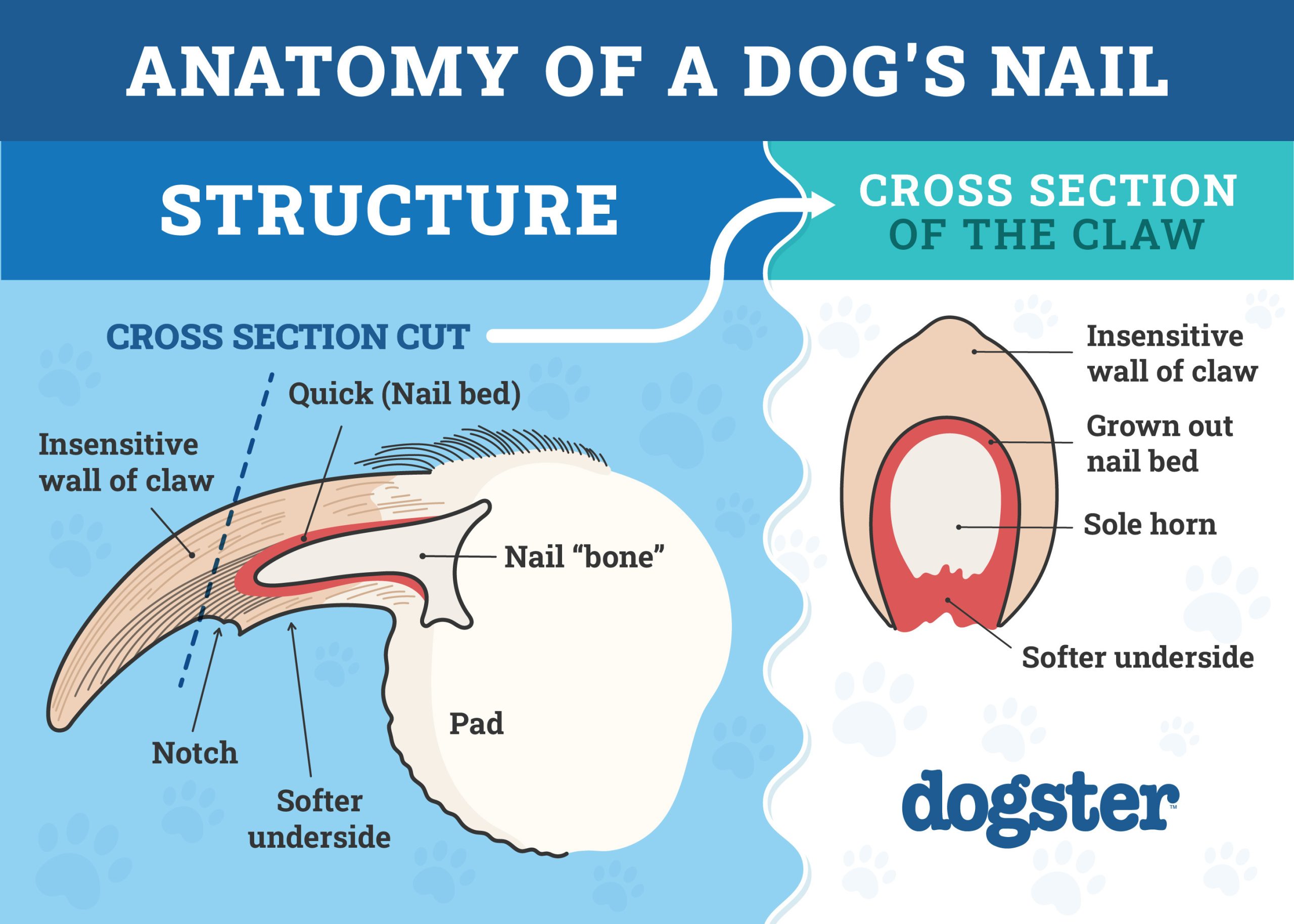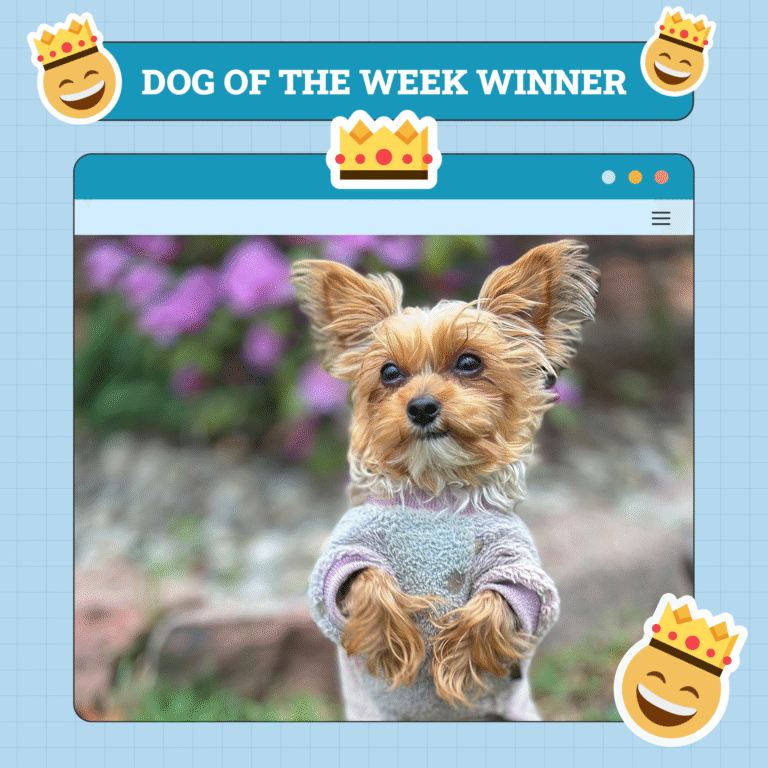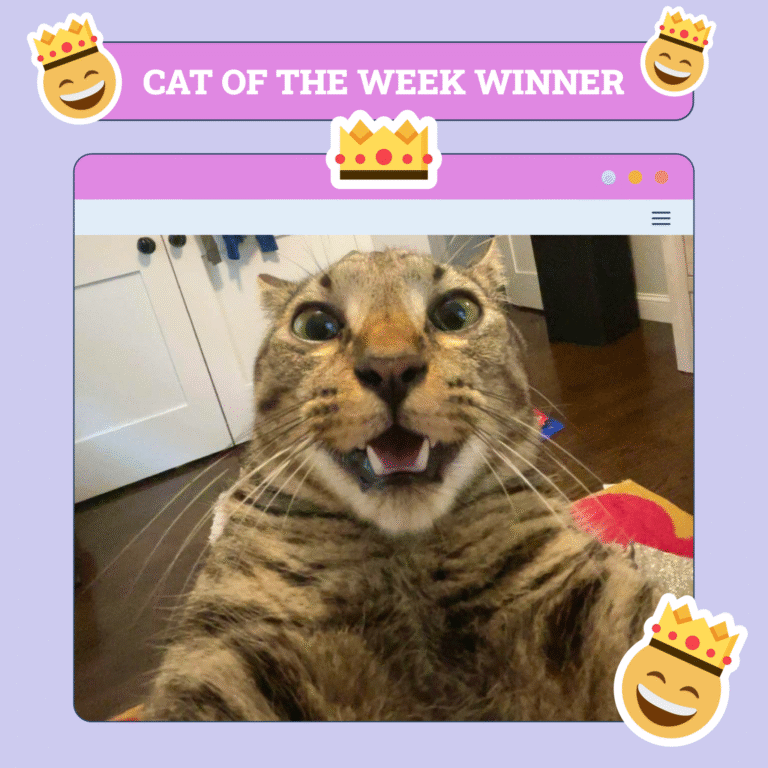
The post Ask Dr. Paola: Monday June 9, 2025 by Dr. Paola Cuevas MVZ (Vet) appeared first on Dogster. Copying over entire articles infringes on copyright laws. You may not be aware of it, but all of these articles were assigned, contracted and paid for, so they aren’t considered public domain. However, we appreciate that you like the article and would love it if you continued sharing just the first paragraph of an article, then linking out to the rest of the piece on Dogster.com.
Welcome to our “Ask Dr. Paola” series, where every Monday we bring expert advice straight from Dr. Paola Cuevas (MVZ) to help our readers better understand their dog’s health and well-being.
Whether you’re a new pet parent or a seasoned dog lover, Dr. Paola is here to provide answers to your most pressing questions. From nutrition tips and preventive care to troubleshooting common behavioral issues, Dr. Paola is ready to offer insights that will keep your furry friend happy and healthy. Stay tuned for expert guidance on a range of topics that matter most to you and your dog, so you can make informed decisions and provide the best possible care for your canine companion. Have a question? Send it in here!

Help! I Need Clippers For Big Dogs!
“Hi Dr. Paola,
Are there nail clippers available for big dogs with heavy black nails like Zakky & Blade that have sensors built in to avoid cutting into the quick?” – Dave
Hi Dave,
Yes, there are nail clippers designed for large dogs like Zakky and Blade, featuring safety mechanisms to help prevent cutting into the quick, which is especially beneficial for dogs with thick, black nails where the quick isn’t visible. These clippers often incorporate safety guards or LED lights to enhance visibility and control during trimming.
Some modern nail clippers combine a traditional clipper with a grinder and include a safety guard to help prevent over-cutting. Others feature a quick sensor and LED light to illuminate the nail, aiding in identifying the safe cutting area. These tools are designed to provide a safer trimming experience, especially for large breeds with dark nails. When trimming your dog’s nails, it’s advisable to make small cuts and observe the nail’s cross-section for a grayish oval, indicating proximity to the quick. It is always a great idea to keep some cauterizing powder handy in case you do accidentally cut the nails too short and they bleed. If you’re uncertain or uncomfortable with the process, consulting a professional groomer or veterinarian can be beneficial. They can demonstrate proper techniques and help ensure your dog’s comfort and safety during nail trims.
Good luck!
– Dr. Paola
If you want real time answers to your questions, you can talk to one of our veterinarians online. Click on the image or button below:



Help! How Do I Deal With a Territorial Dog?
“My sister has a Shi-Poo dog, Luna. She’s 6 years old and has always been territorial and bites. I’m tired of my sister never having taught her pup to do anything. She works all day, and her kids have left for college. The dog is fine for about 15 minutes when being petted. Then it snaps and bites and attacks. How do I get it to stop since I don’t see the dog often, but my sister refuses to do anything about it? “ – Cassandra
Hi Cassandra,
I can hear your frustration, and it’s completely valid. Living with or even occasionally interacting with a dog that bites can be not only unpleasant but dangerous, especially when the behavior feels preventable. Luna’s age, breed mix, and history all play a role in her current behavior, but what you are describing sounds more like she’s showing signs of stress, tactile sensitivity, or overstimulation rather than true aggression. Dogs that “snap” after a few minutes of petting or when petting a certain area are often sending subtle signs that they’ve had enough, or they are in pain. But if those signs go unnoticed, they escalate to biting as a last resort to make the interaction stop.
Since Luna doesn’t live with you and your sister isn’t taking action, your options are a bit limited, but you can still protect yourself and possibly improve her behavior gradually. Try to avoid any prolonged petting or close contact unless the dog initiates and clearly seeks it. It is important to make an effort to respect the boundaries by understanding her precursor signs. Watch for signs like turning the head away, lip licking, yawning, or a stiffened body. These are Luna’s polite ways of saying “I need space.” If you can, stop petting her and move slightly away to allow her to calm down, then redirect her focus onto something else that she enjoys. She will learn that you are able to respect her limits; you can also reward calm behavior without physical contact.
It’s also worth mentioning that for her behavior to change, everyone in the family should be on the same boat and treat her the same way. You might want to have a chat with your sister and point out that Luna’s behavior could worsen over time, and this kind of biting can result in serious injury or legal issues, especially if it happens to a visitor or child. Sometimes, a gentle reminder of the potential consequences is the nudge someone needs to seek help.
This kind of case may benefit from a remote consultation with one of our certified veterinarians at Pangovet. They can guide your sister and provide a plan that works around her schedule. While you may not be able to train Luna yourself, encouraging small changes and showing them how to enjoy respectful interactions can influence your sister and set a safer example for others who visit. Thanks for reaching out!
– Dr. Paola

I Adopted a Malnourished Greyhound & Need Help!
“Dear Dr. Paola,
We have recently adopted a Greyhound called Zimmi, who is severely malnourished and is still in rehab before we get her on Saturday. All of her medical tests came back with a clear bill. She has been sterilized recently and has had all her injections, dewormings, and Bravecto treatments. How can I assist with her weight gain and her overall progress?” – Natashja
Hi Natashja,
Thank you for opening your heart to Zimmi. Greyhounds, especially those coming from racing or neglectful backgrounds, often arrive underweight and in need of both physical and emotional rehabilitation. Since her medical tests came back clear, that gives us a solid foundation to build upon. Supporting her recovery now involves a thoughtful balance of nutrition, routine, and patience.
To help Zimmi gain weight safely, focus on feeding a highly digestible, calorie-dense diet that’s rich in animal protein and moderate in fat. Avoid rushing into overfeeding, as her digestive system is likely still adapting. It’s often helpful to start with smaller, more frequent meals throughout the day rather than large portions all at once.
Since you are mentioning she is severely malnourished, I would recommend you ask the vet who performed her medical tests if a prescription recovery diet would be necessary, as they are specifically formulated to support pets recovering from malnutrition, surgery, or illness. They are typically energy-dense, highly digestible, and enriched with high-quality animal protein, essential fatty acids, and key micronutrients to promote tissue repair, immune support, and healthy weight gain. Think of them as a nutritional safety net that helps the body rebuild from the inside out, without overwhelming the digestive system. If the vet says no, then a high-quality dog food formulated for active or working dogs can work well. You might also want to consider adding gently cooked, species-appropriate proteins like chicken, turkey, or lean beef, along with omega-3-rich fish like sardines, which can support both muscle recovery and coat health. Remember that the goal is slow, steady recovery, not rapid expansion. You might also speak with your veterinarian about incorporating a canine probiotic or digestive enzyme supplement to improve nutrient absorption, especially given her recent deworming and medical treatments.
In addition to nutrition, gentle reconditioning of her muscles through short, controlled walks and calm enrichment activities will help rebuild both her strength and her confidence. Greyhounds are often incredibly sensitive and may take time to relax in a home setting. Keeping a consistent, low-stress environment will go a long way. As long as she continues to eat well, gain weight slowly, and shows signs of increased vitality and comfort, you’re on the right track. I recommend documenting this with photos, regular weights, and, if possible, even measurements. This makes it easier to evaluate real progress. However, if at any point she plateaus or regresses, a quick call with a vet at Pangovet can be helpful to determine whether further diagnostics or some adjustments to her nutrition plans are needed. Thanks for your kindness towards Zimmi. You’re giving her a beautiful second chance, and I think that with your love and care, she’ll flourish.
– Dr. Paola
- View past week’s questions here: June 2, 2025
- See our full list of past articles here
- Click here to submit a question
The post Ask Dr. Paola: Monday June 9, 2025 by Dr. Paola Cuevas MVZ (Vet) appeared first on Dogster. Copying over entire articles infringes on copyright laws. You may not be aware of it, but all of these articles were assigned, contracted and paid for, so they aren’t considered public domain. However, we appreciate that you like the article and would love it if you continued sharing just the first paragraph of an article, then linking out to the rest of the piece on Dogster.com.


